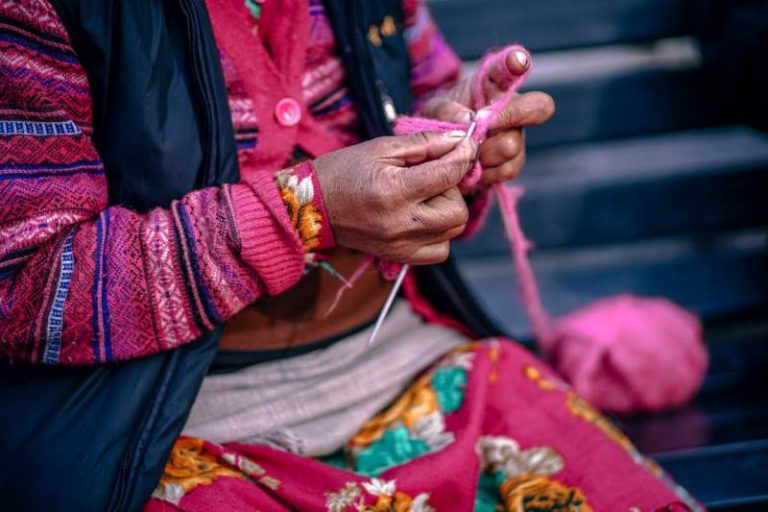
Trigger Finger
Trigger Finger
It’s a common hand condition that you may have experienced or heard about: it’s trigger finger. So, let’s shed some light on exactly what trigger finger is, and how hand therapy can play a crucial role in providing relief and improving the quality of life for those dealing with this condition.
What is Trigger Finger?
Trigger finger, medically known as Stenosing Tenosynovitis, is a condition that affects the tendons in the hand. It often occurs when the tendon becomes inflamed or irritated, resulting in pain, stiffness, and difficulty straightening or bending the affected finger. The finger may also lock in a bent position and suddenly release, resembling the mechanism of a trigger being pulled.
How Can Hand Therapy Help?
Hand therapy, a specialized field within occupational and physical therapy, offers a range of techniques and treatments that can significantly benefit individuals with trigger finger. Here are some key ways hand therapy can help:
Conservative Management: Hand therapists are skilled in developing customized treatment plans to manage trigger finger without surgery. They may use techniques like splinting, activity modification, and therapeutic exercises to reduce pain and improve finger mobility.
Manual Therapy: Hand therapists employ hands-on techniques to address soft tissue restrictions, joint stiffness, and scar tissue, promoting optimal finger movement and function. Manual therapy can help restore the natural gliding motion of tendons and reduce triggering.
Education and Self-Management: Hand therapists play a vital role in educating patients about trigger finger, its causes, and strategies for self-management. They provide guidance on ergonomic principles, joint protection techniques, and home exercises to minimize symptoms and prevent recurrence.
Post-Surgical Rehabilitation: In cases where surgical intervention is necessary, hand therapy is crucial for post-operative rehabilitation. Hand therapists work closely with patients to regain strength, flexibility, and coordination following trigger finger release surgery, ensuring optimal recovery.
Why Choose Sun City Physiotherapy for Hand Therapy?
At Sun City we take pride in our team of highly skilled, university educated hand therapists who are dedicated to providing exceptional care to our patients. Our therapists have extensive experience in managing hand and upper extremity conditions, including trigger finger. With a client-centered approach, we emphasize individualized treatment plans tailored to your specific needs and goals.
We understand the impact that trigger finger can have on your daily activities and overall quality of life. Our comprehensive hand therapy program aims to relieve pain, improve hand function, and help you regain control of your life.
If you or someone you know is experiencing trigger finger symptoms, we encourage you to schedule an appointment with one of our hand therapy experts. Together, we can create a personalized plan to address your specific needs, and guide you on the path to recovery. We’re here to support you every step of the way.

